Home>Technology>Smart Home Devices>Dry Printer Ink: How To Fix
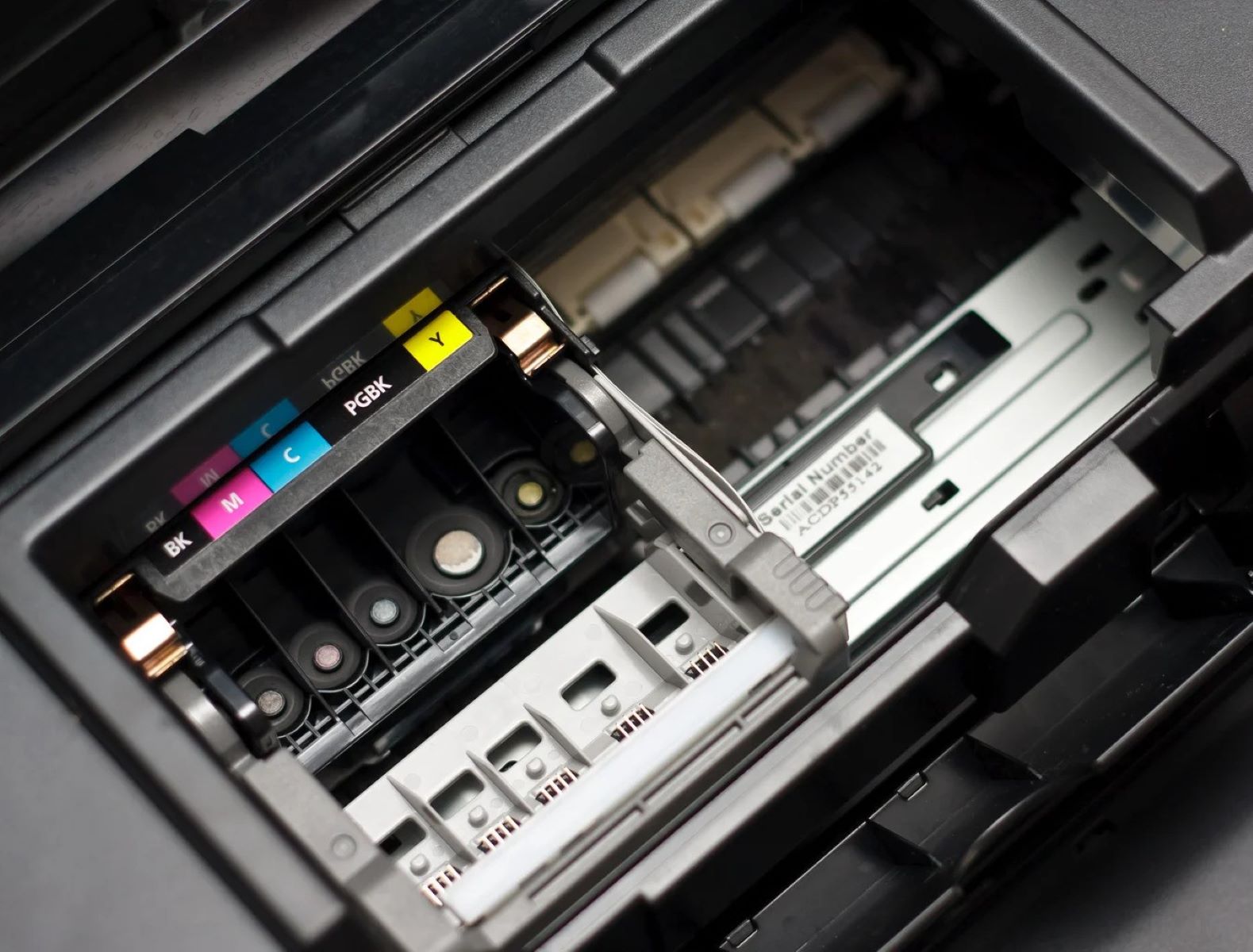

Smart Home Devices
Dry Printer Ink: How To Fix
Modified: February 18, 2024
Learn how to fix dry printer ink and get your smart home devices back up and running with these simple troubleshooting tips. Keep your devices running smoothly with our expert advice.
(Many of the links in this article redirect to a specific reviewed product. Your purchase of these products through affiliate links helps to generate commission for Storables.com, at no extra cost. Learn more)
**
Introduction
**
Hey there, printer aficionados! Have you ever been in the middle of printing an important document only to find that your printer is spitting out faded, streaky pages? If so, you're not alone. Dealing with dry printer ink can be a frustrating experience, but fear not! In this article, we'll delve into the world of dry printer ink, exploring the causes behind this pesky issue and providing you with practical solutions to get your printer back in tip-top shape.
Whether you're a seasoned pro or a newbie in the realm of printing, understanding the ins and outs of dry printer ink is essential for maintaining the quality and efficiency of your printing tasks. So, let's roll up our sleeves and embark on a journey to uncover the mysteries of dry printer ink and learn how to conquer this common printing dilemma.
In the following sections, we'll explore the common causes of dry printer ink, including environmental factors and printer-related issues. We'll then dive into the nitty-gritty of fixing dry printer ink, equipping you with valuable tips and tricks to breathe new life into your printer's ink supply. By the time you finish reading, you'll be armed with the knowledge and confidence to tackle dry printer ink like a pro.
So, grab a cup of coffee, get cozy, and let's unravel the secrets of dry printer ink together!
**
Key Takeaways:
- Keep your printer in top shape by printing regularly, using high-quality paper, and storing ink cartridges properly to prevent dry printer ink issues.
- Combat dry printer ink with proactive maintenance, environmental regulation, and consideration of ink formulation to ensure consistent, high-quality prints.
Read more: How To Fix Dry Printer Ink
Understanding Dry Printer Ink
**
Before we delve into the solutions for dry printer ink, it's crucial to understand the nature of this common printing woe. Printer ink, whether it's pigment-based or dye-based, is designed to flow smoothly onto paper, producing crisp and vibrant prints. However, when ink dries up inside the printer or print cartridge, it can lead to subpar print quality and frustrating printing issues.
Dry printer ink occurs when the ink within the cartridge or printhead becomes overly viscous or solidified, hindering its ability to transfer onto paper effectively. This can result in faded prints, streaks, or even complete failure to produce legible content. Understanding the underlying reasons for ink dryness is key to effectively addressing the problem and restoring your printer to its optimal performance.
Printer ink can dry out due to various factors, including prolonged periods of inactivity, exposure to air, and fluctuations in environmental humidity. Additionally, certain printer models and ink formulations may be more prone to drying out, necessitating specific measures to prevent and rectify dry ink issues.
By gaining a deeper understanding of the mechanisms behind ink dryness, you'll be better equipped to implement preventive measures and targeted solutions to keep your printer's ink flowing smoothly. In the next section, we'll explore the common causes of dry printer ink, shedding light on the factors that can lead to this vexing printing predicament.
**
Common Causes of Dry Printer Ink
**
Dry printer ink can stem from a variety of factors, each contributing to the frustrating experience of dealing with subpar print quality and malfunctioning printers. Understanding these common causes is pivotal in devising effective strategies to combat dry ink issues and maintain your printer's performance.
1. Prolonged Inactivity: When a printer remains idle for extended periods, the ink inside the cartridges or printheads can dry up. Lack of regular use allows the ink to settle and thicken, impeding its ability to flow onto the paper during printing.
2. Exposure to Air: Ink cartridges that are not properly sealed or are exposed to air for prolonged durations are susceptible to drying out. Air exposure accelerates the evaporation of volatile components in the ink, leading to increased viscosity and diminished print quality.
3. Environmental Humidity: Fluctuations in environmental humidity can impact the viscosity of printer ink. Low humidity levels can expedite ink evaporation and drying, while high humidity may cause ink to become excessively runny, affecting print quality.
4. Printer Model and Design: Certain printer models and designs are more prone to ink drying issues due to the configuration of their printheads or the properties of the ink formulation. Understanding the specific vulnerabilities of your printer model can help in implementing targeted preventive measures.
5. Ink Formulation: The composition of printer ink, whether pigment-based or dye-based, can influence its susceptibility to drying. Some ink formulations are inherently more prone to drying out, necessitating proactive measures to maintain ink fluidity.
By recognizing these common causes of dry printer ink, you can proactively address potential issues and adopt preventive measures to mitigate the impact of these factors on your printer's ink supply. In the next section, we'll delve into practical strategies for fixing dry printer ink, equipping you with actionable solutions to breathe new life into your printer's performance.
**
Try removing the ink cartridge and gently shaking it to redistribute the ink. If that doesn’t work, try wiping the cartridge with a damp cloth to remove any dried ink.
How to Fix Dry Printer Ink
**
Confronting dry printer ink doesn’t have to be a daunting challenge. With the right approach and a touch of ingenuity, you can revitalize your printer’s ink supply and bid farewell to faded, streaky prints. Let’s explore a range of practical strategies to combat dry ink issues and restore your printer to its full printing prowess.
1. Print Regularly: One of the most effective ways to prevent ink from drying up is to use your printer regularly. Printing at least a few pages every week helps keep the ink flowing and prevents it from settling and solidifying within the cartridges or printheads.
2. Clean the Printheads: If your printer has removable printheads, consider removing and cleaning them according to the manufacturer’s guidelines. This can help remove dried ink and debris, allowing for smoother ink flow and improved print quality.
3. Use High-Quality Paper: Opt for high-quality, smooth paper when printing, as rough or porous paper can exacerbate ink absorption and lead to faster ink depletion and drying.
4. Store Cartridges Properly: When not in use, store ink cartridges in airtight containers or resealable bags to minimize air exposure and prevent ink from drying out prematurely.
5. Adjust Environmental Conditions: Maintain a stable humidity level in the printing environment to prevent ink from drying too quickly or becoming overly runny. Using a humidifier or dehumidifier, if needed, can help regulate the moisture levels and preserve ink fluidity.
6. Perform Printer Maintenance: Regularly run printer maintenance routines, such as printhead cleaning and alignment, as recommended by the printer manufacturer. This can help prevent ink buildup and ensure optimal printing performance.
7. Use Compatible Ink: Ensure that the ink you use is compatible with your printer model and is of high quality. Using subpar or incompatible ink may lead to faster drying and diminished print quality.
8. Consider Ink Refill Kits: If applicable, consider using ink refill kits to replenish ink cartridges, following the provided instructions carefully. This can help extend the life of your cartridges and minimize ink wastage.
By incorporating these proactive measures and maintenance practices, you can mitigate the impact of common causes of dry printer ink and sustain the quality and efficiency of your printing endeavors. Armed with these strategies, you’re well-equipped to conquer dry ink issues and keep your printer running smoothly.
**
Conclusion
**
As we bring our exploration of dry printer ink to a close, it’s evident that understanding the causes and solutions for this common printing dilemma is paramount for maintaining optimal printer performance. By unraveling the mysteries of dry ink and equipping yourself with practical strategies, you can effectively combat this issue and ensure that your printer consistently delivers high-quality prints.
From the impact of prolonged inactivity and air exposure to the role of environmental humidity and ink formulation, the causes of dry printer ink are multifaceted. By recognizing these factors and implementing preventive measures such as regular printing, proper storage, and environmental regulation, you can proactively safeguard your printer’s ink supply and avert potential dry ink issues.
Moreover, adopting proactive maintenance practices, utilizing high-quality paper, and considering ink refill kits can further contribute to preserving ink fluidity and extending the longevity of your printer’s cartridges and printheads. By integrating these strategies into your printing routine, you can minimize the impact of dry ink and sustain the efficiency and print quality of your printer.
Ultimately, addressing dry printer ink is not only about troubleshooting a vexing printing problem but also about nurturing a smooth and reliable printing experience. With the insights and strategies shared in this article, you’re empowered to take charge of your printer’s ink supply and conquer dry ink issues with confidence.
So, the next time you encounter faded, streaky prints or notice signs of ink dryness, remember that you have a repertoire of effective solutions at your disposal. By leveraging these strategies and staying proactive in your printer maintenance, you can bid adieu to dry printer ink woes and revel in the joy of consistently impeccable prints.
Here’s to smooth, vibrant prints and a printer that never runs dry!
Frequently Asked Questions about Dry Printer Ink: How To Fix
Was this page helpful?
At Storables.com, we guarantee accurate and reliable information. Our content, validated by Expert Board Contributors, is crafted following stringent Editorial Policies. We're committed to providing you with well-researched, expert-backed insights for all your informational needs.
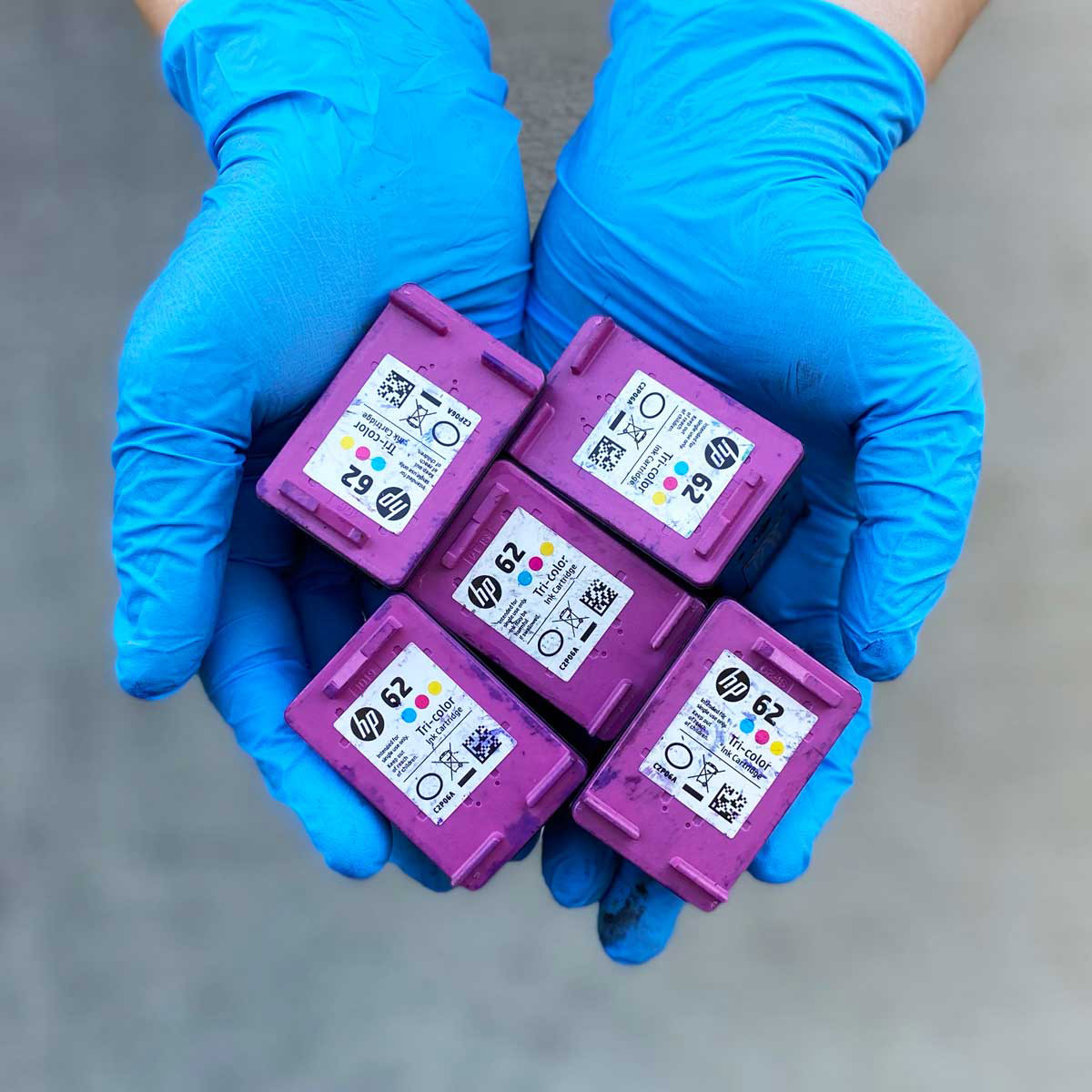
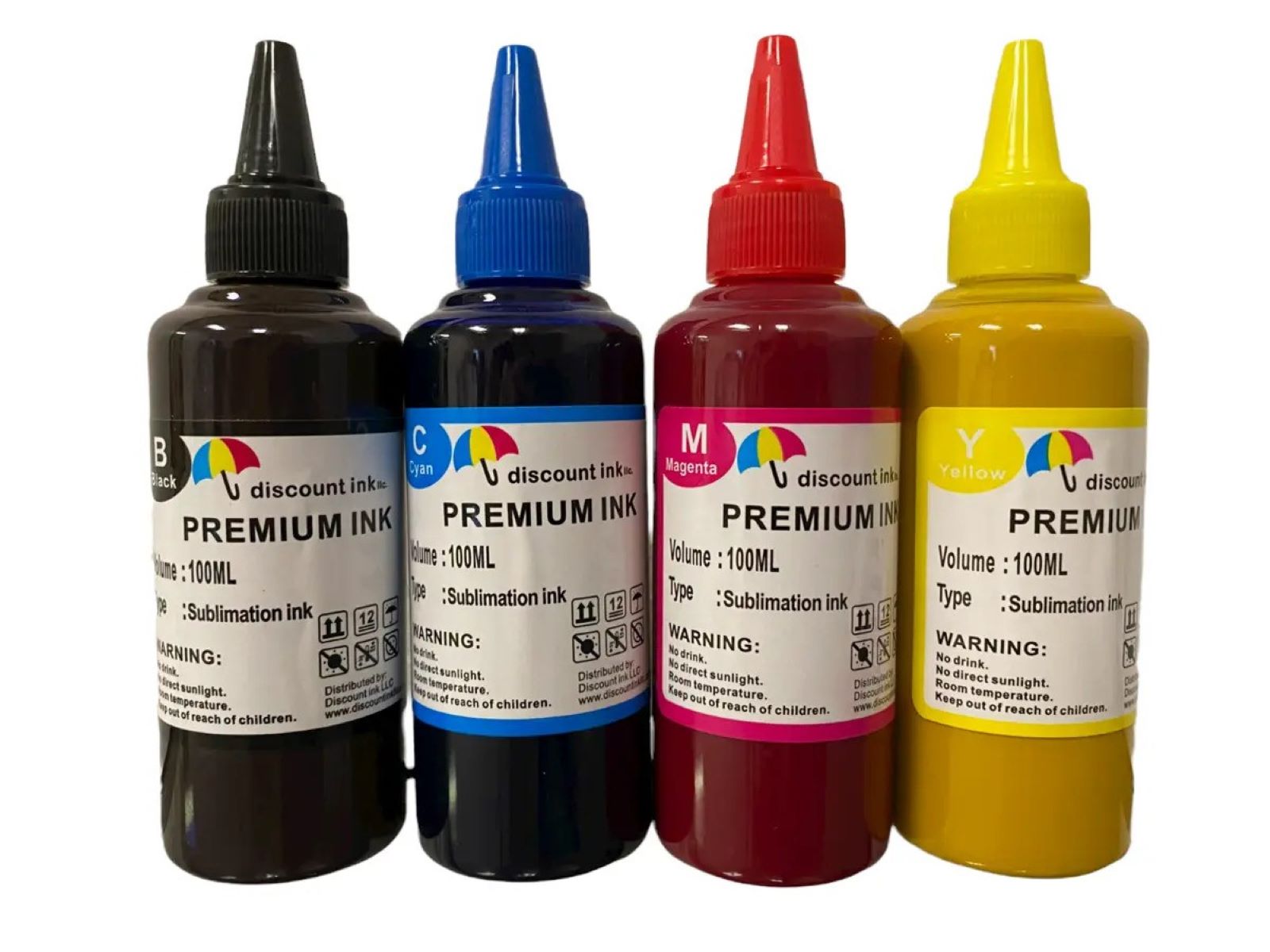
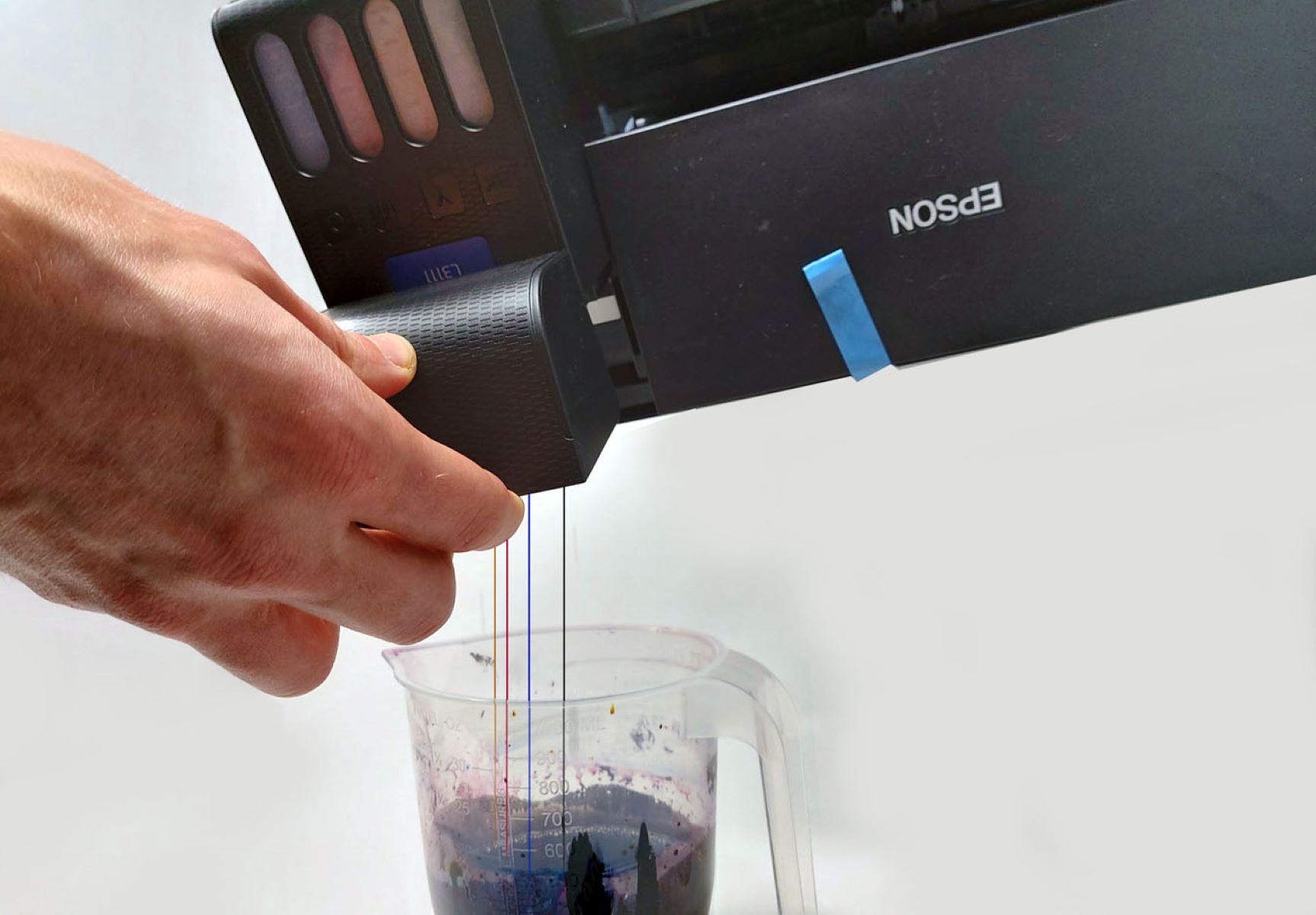
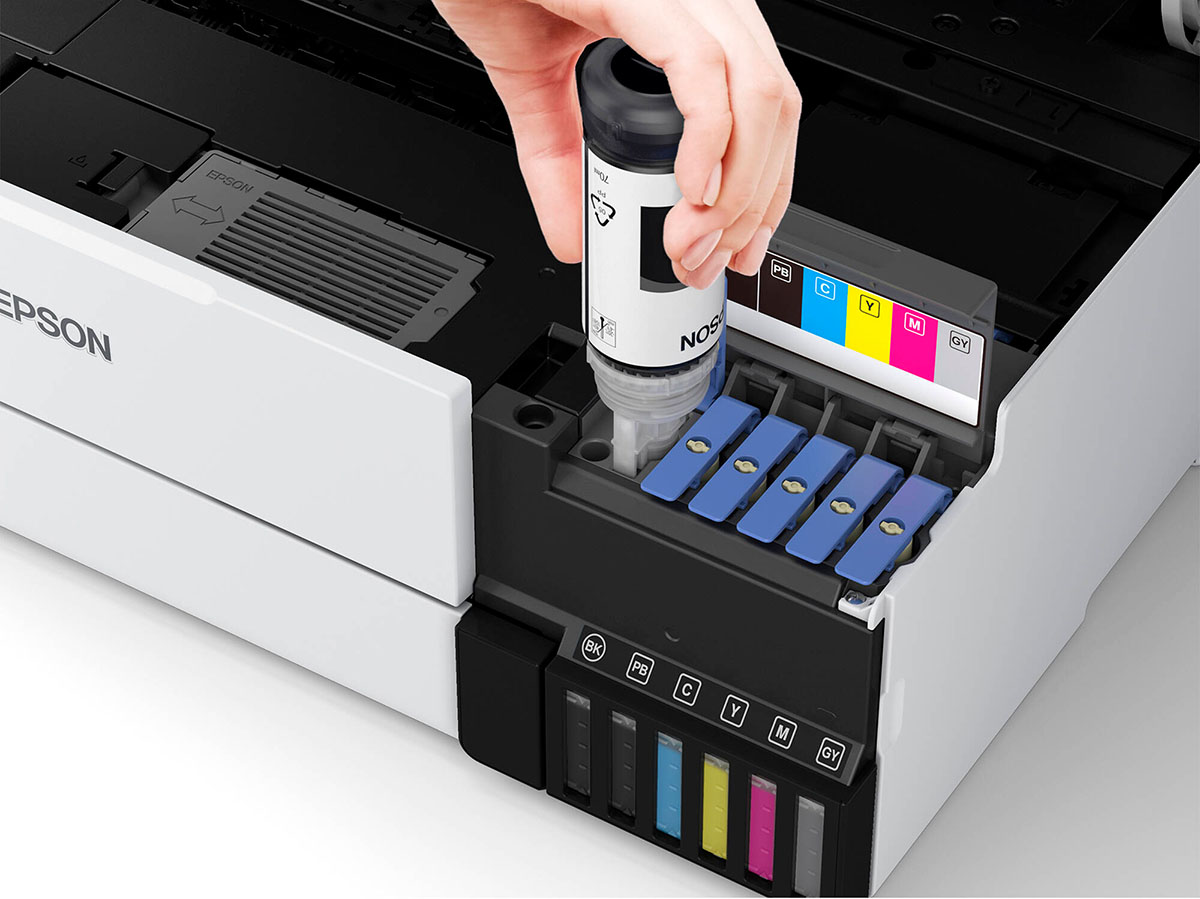
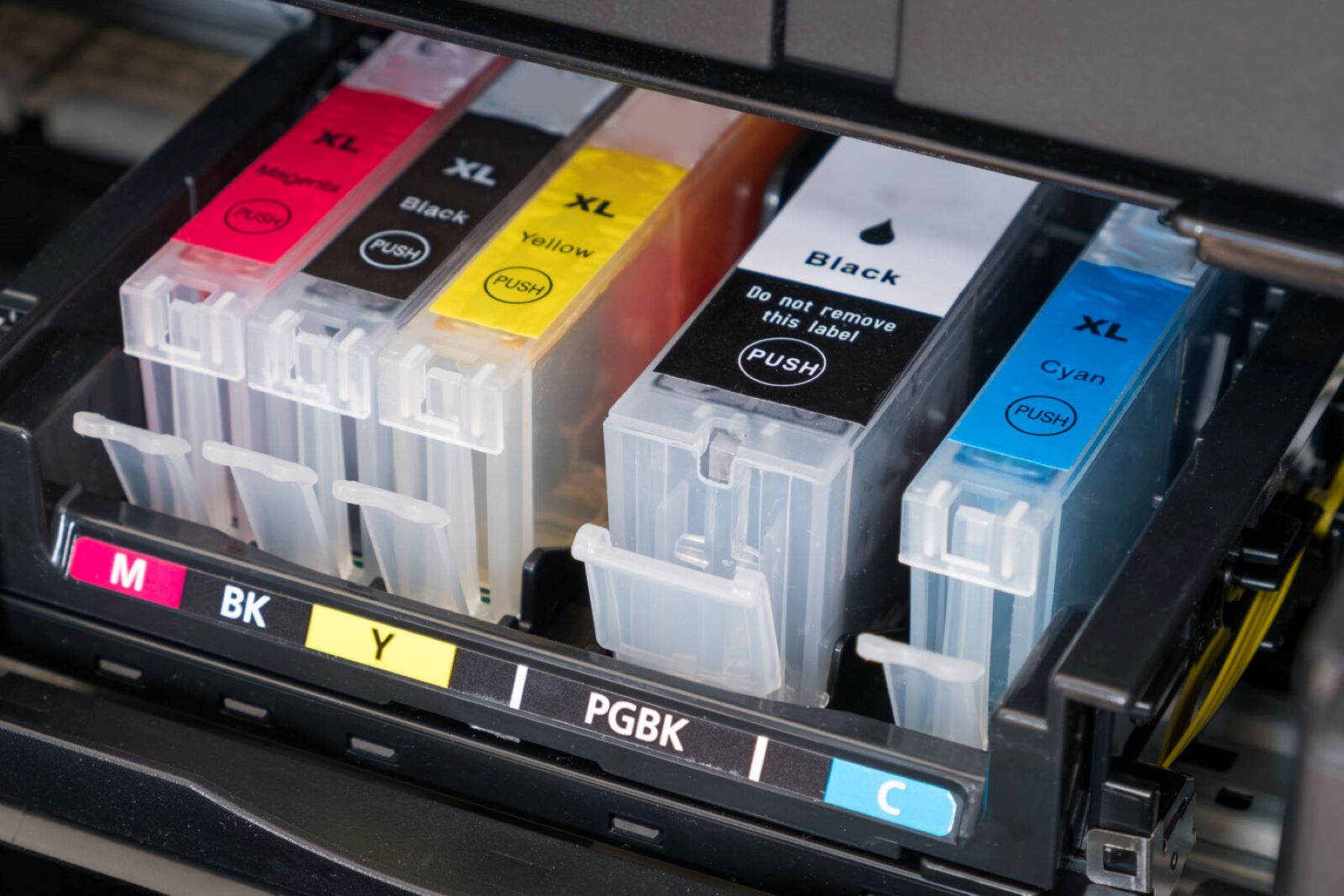
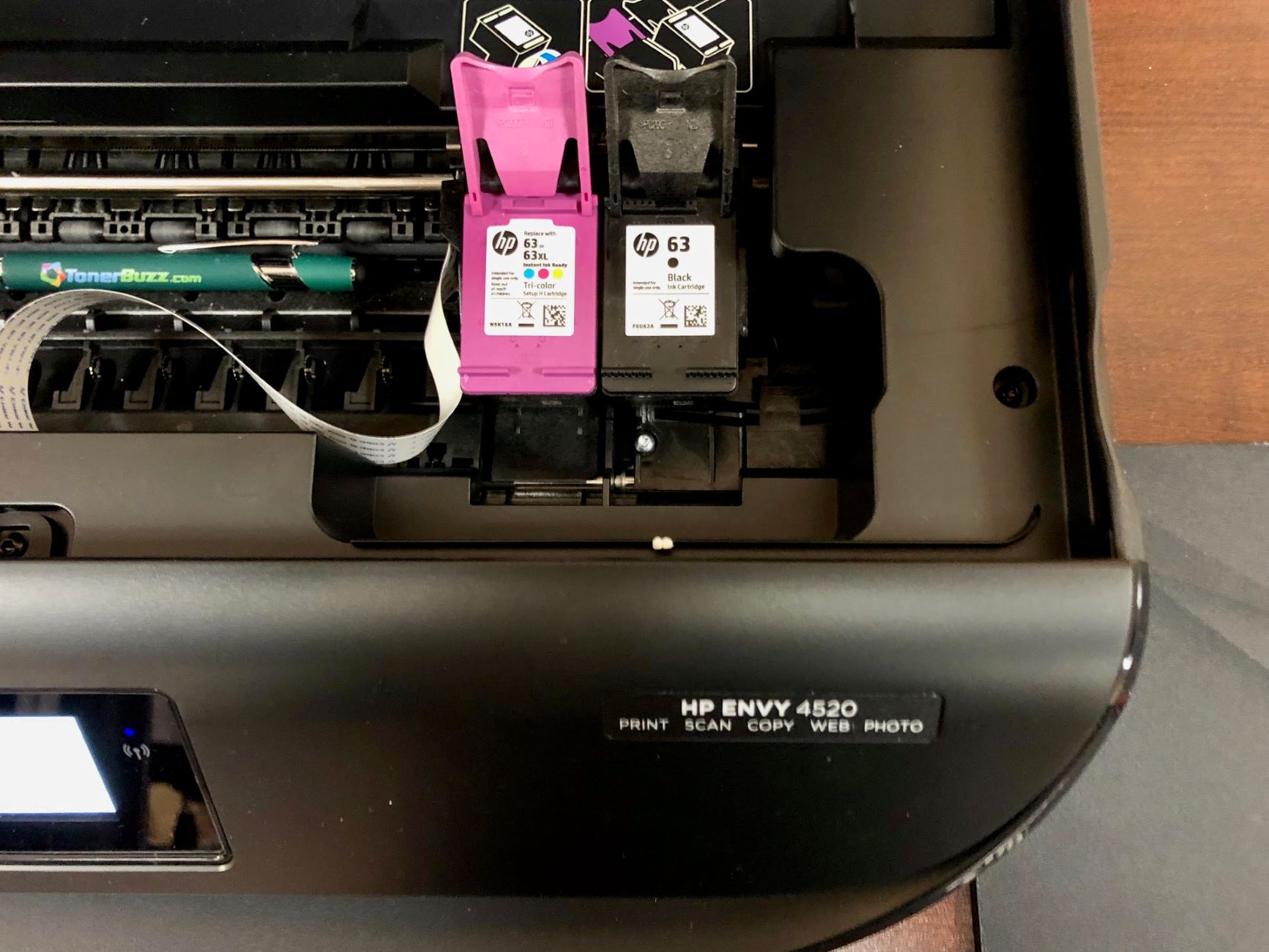
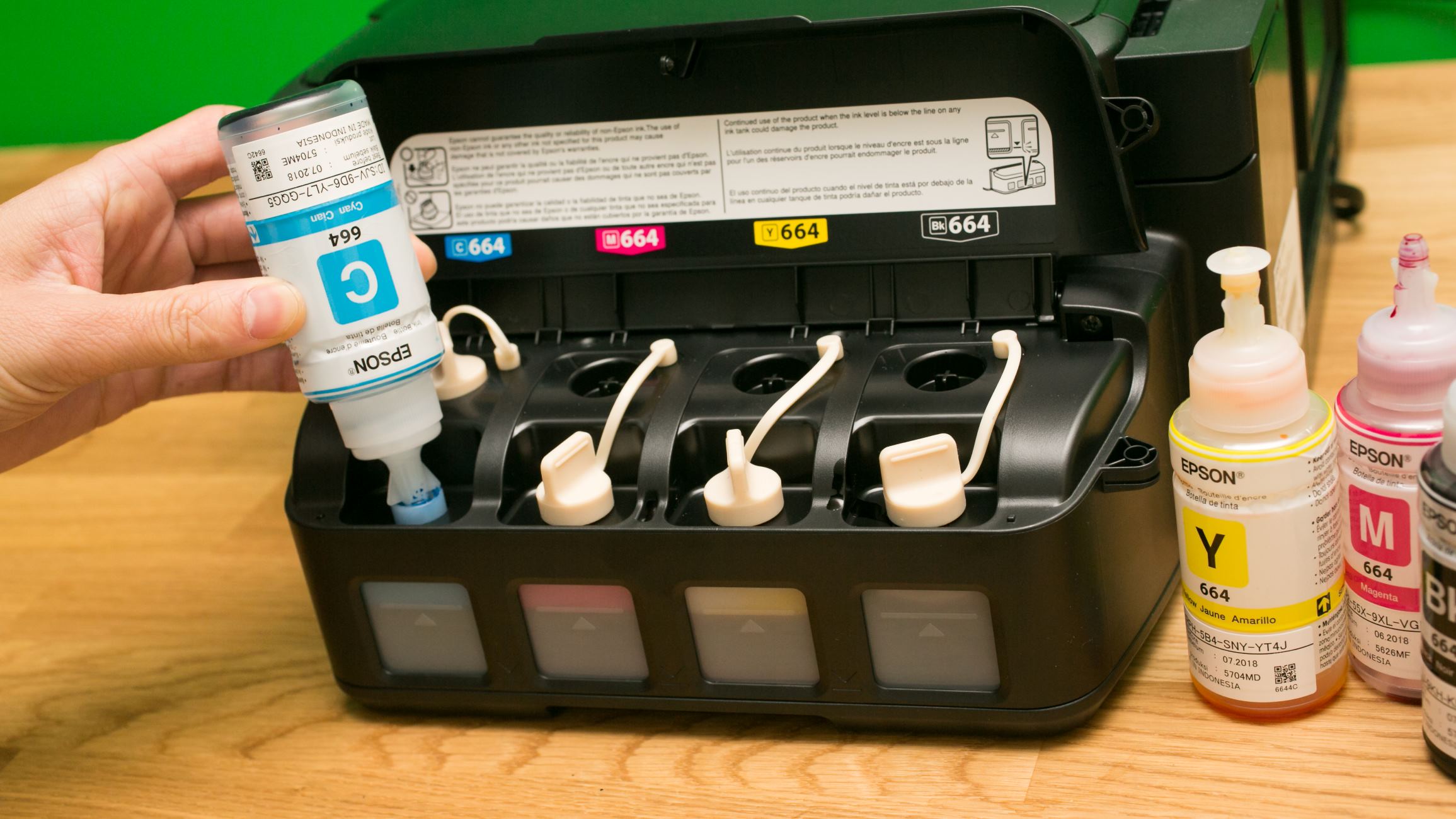
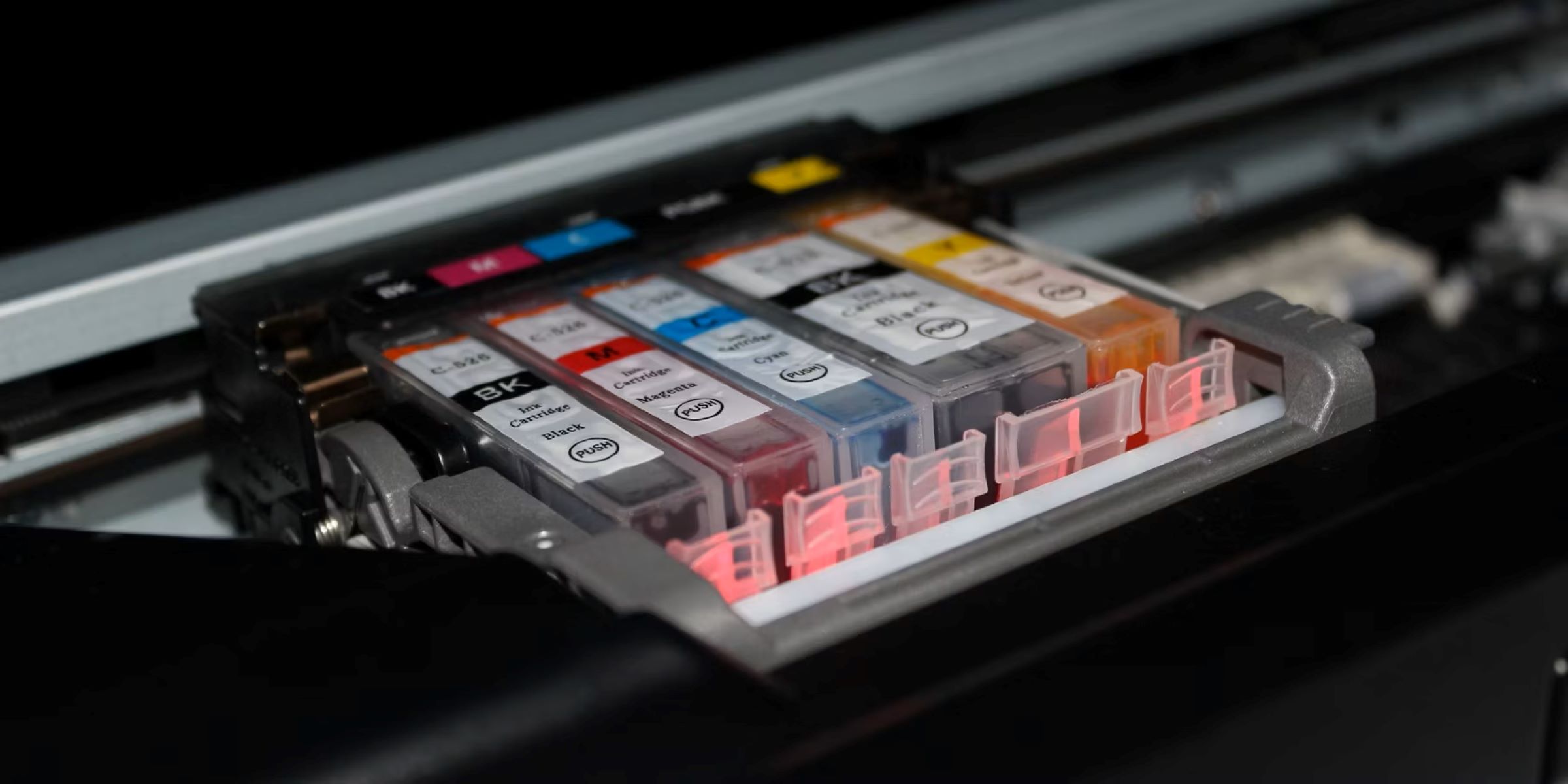
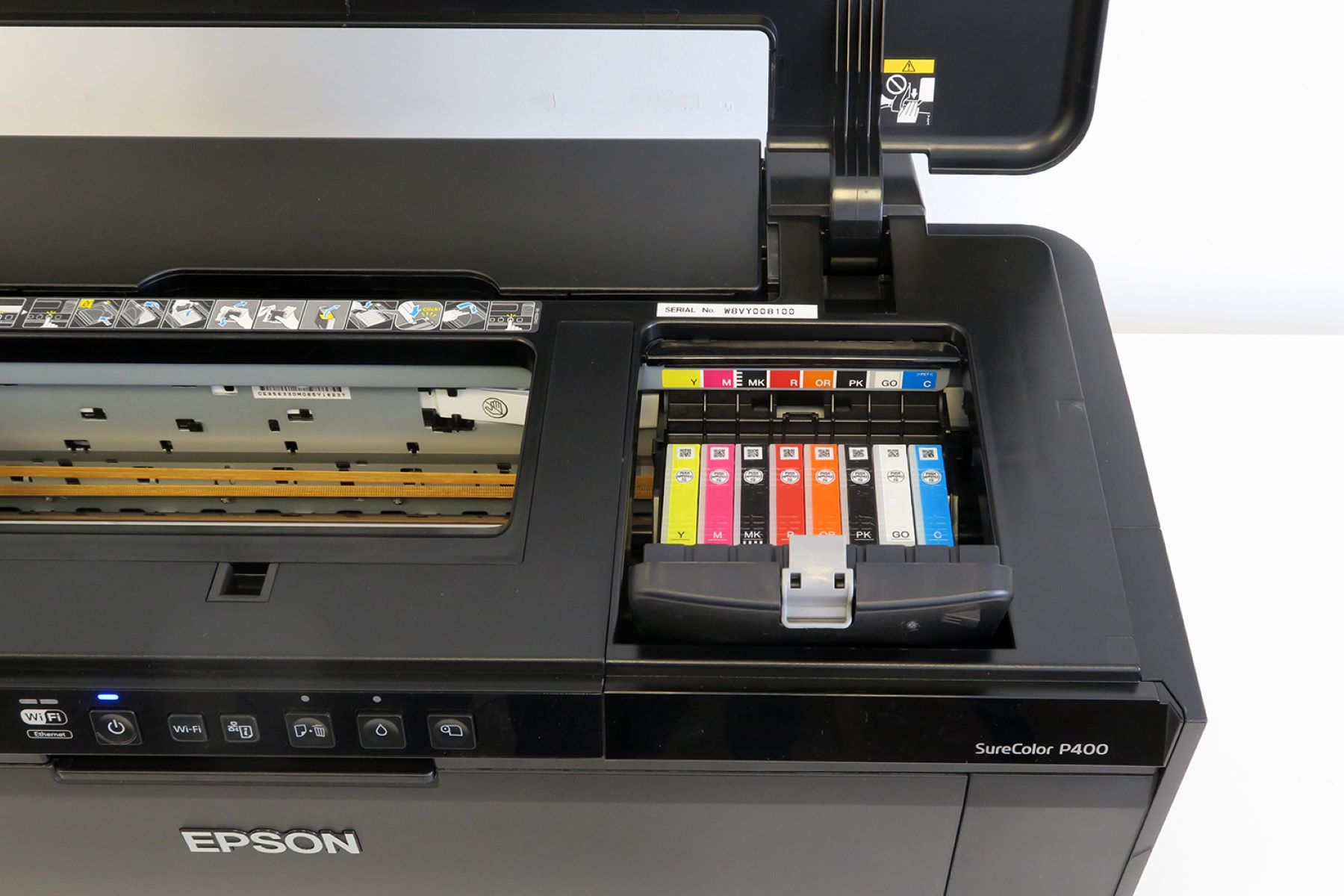
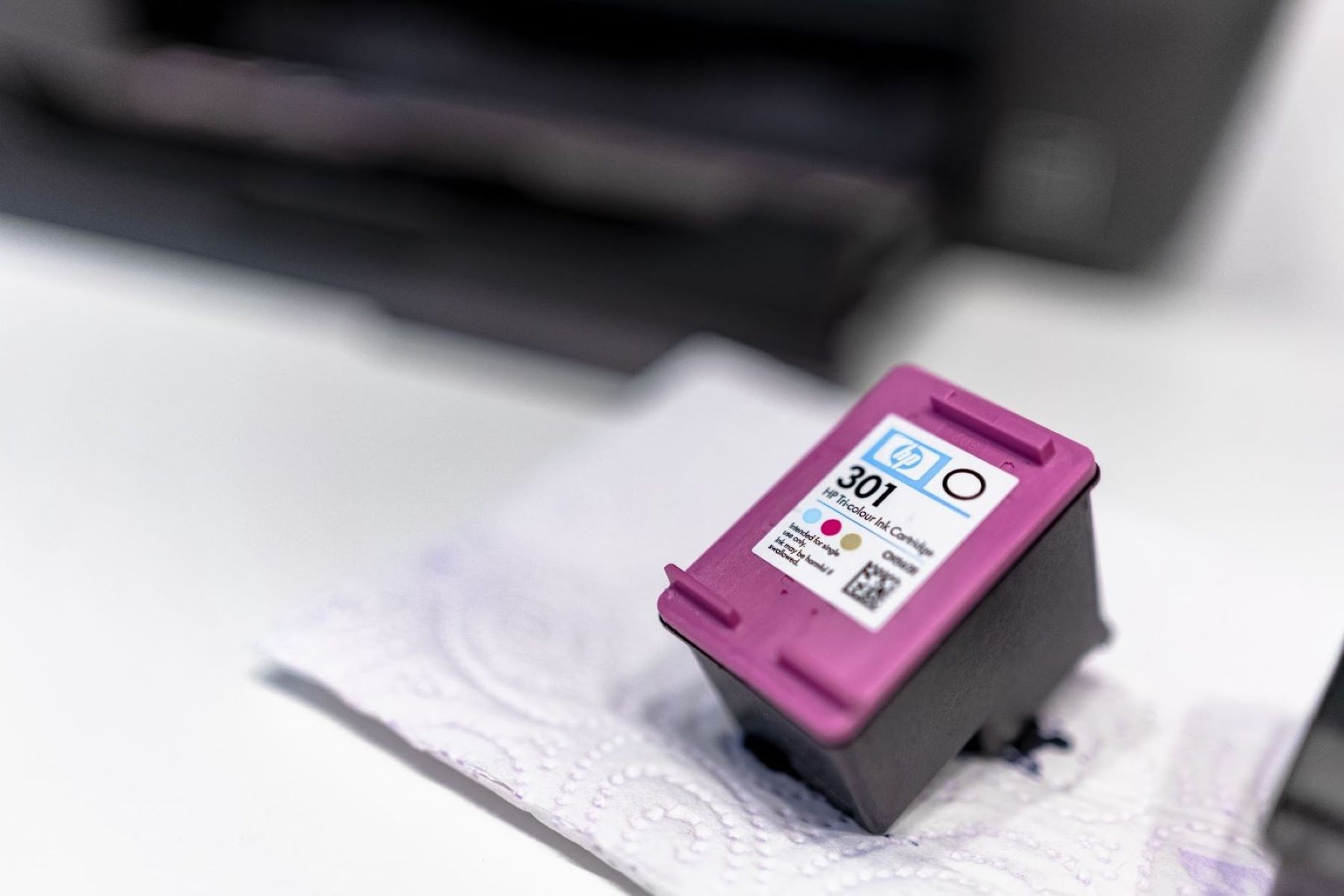
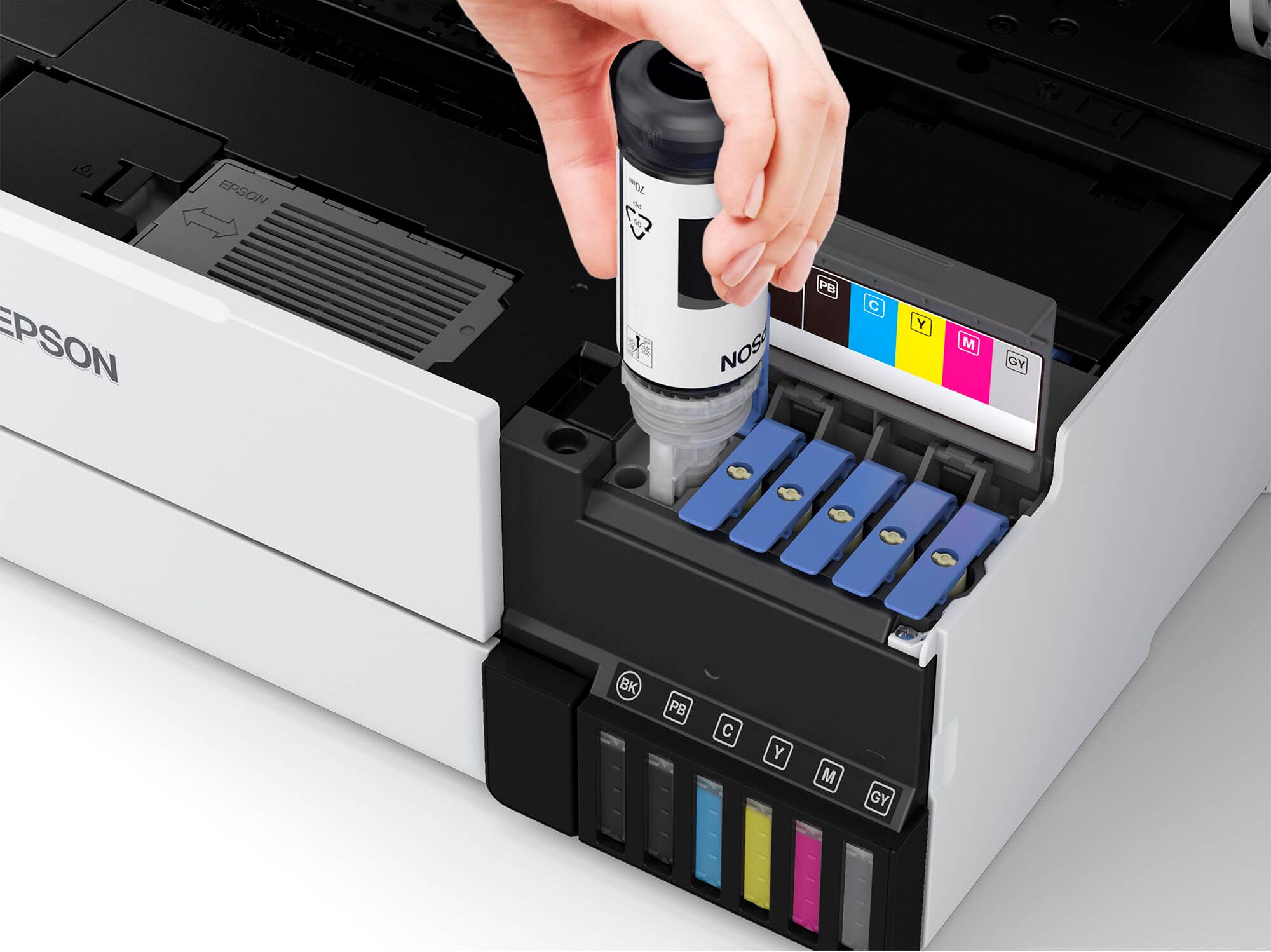
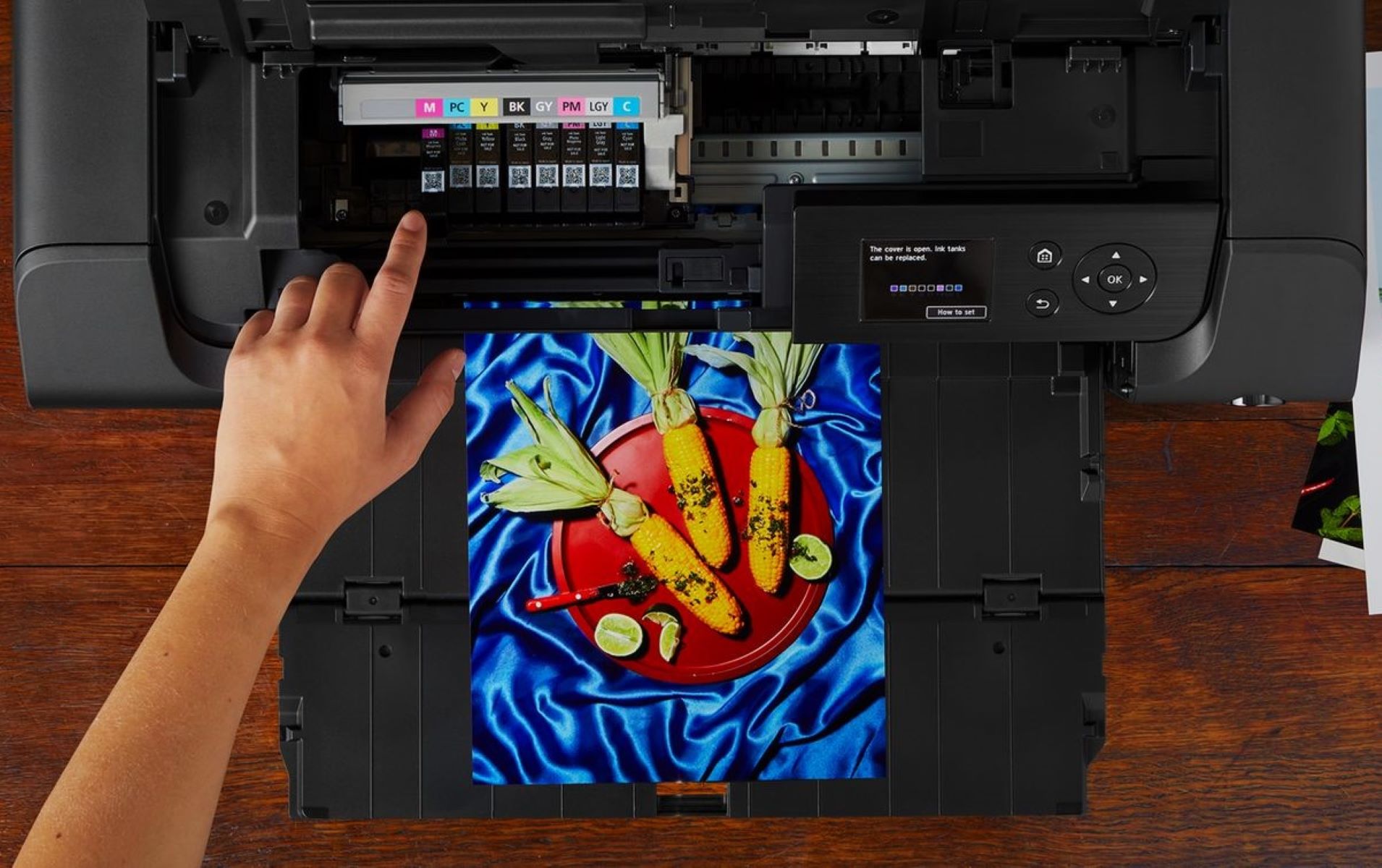
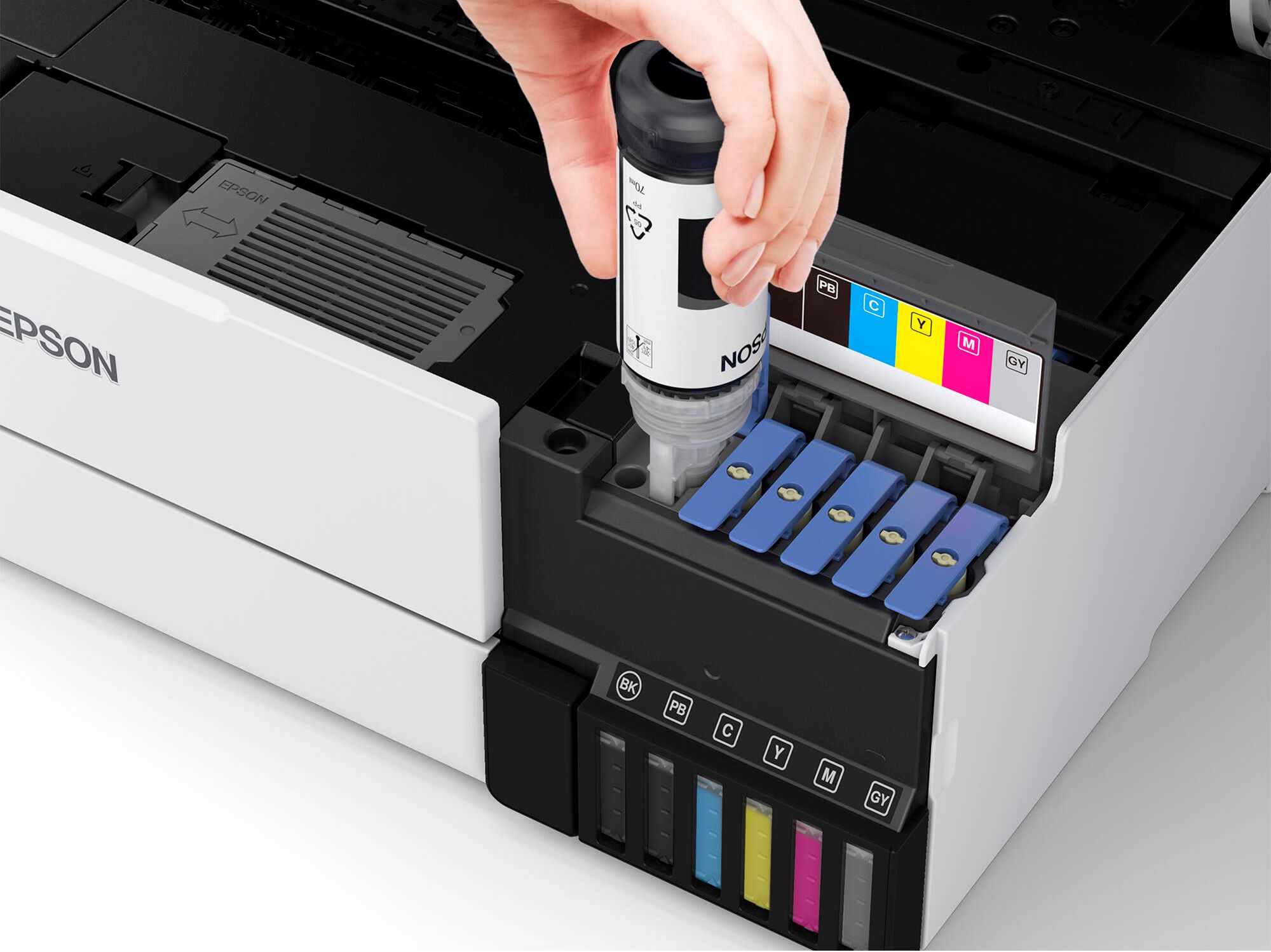
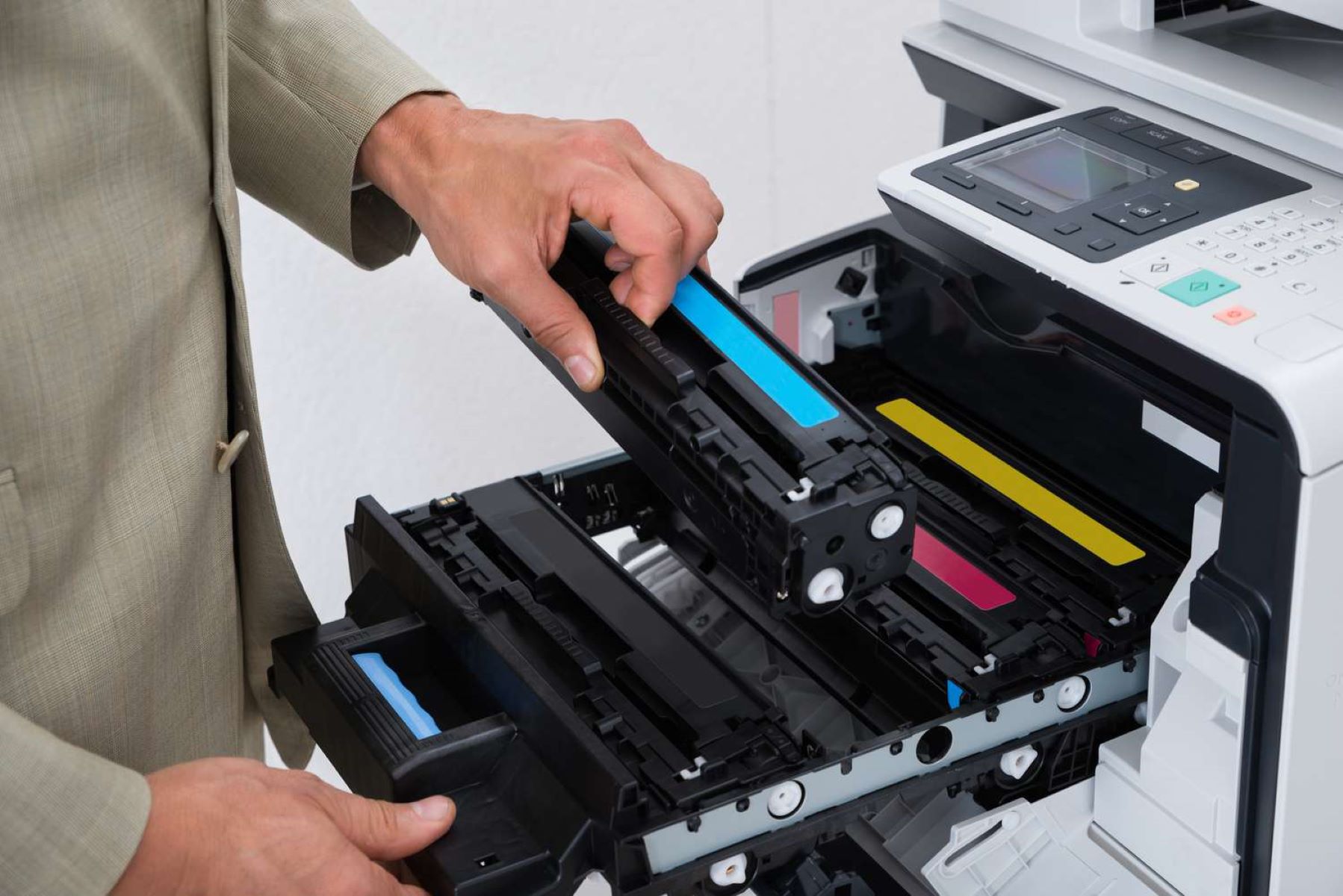
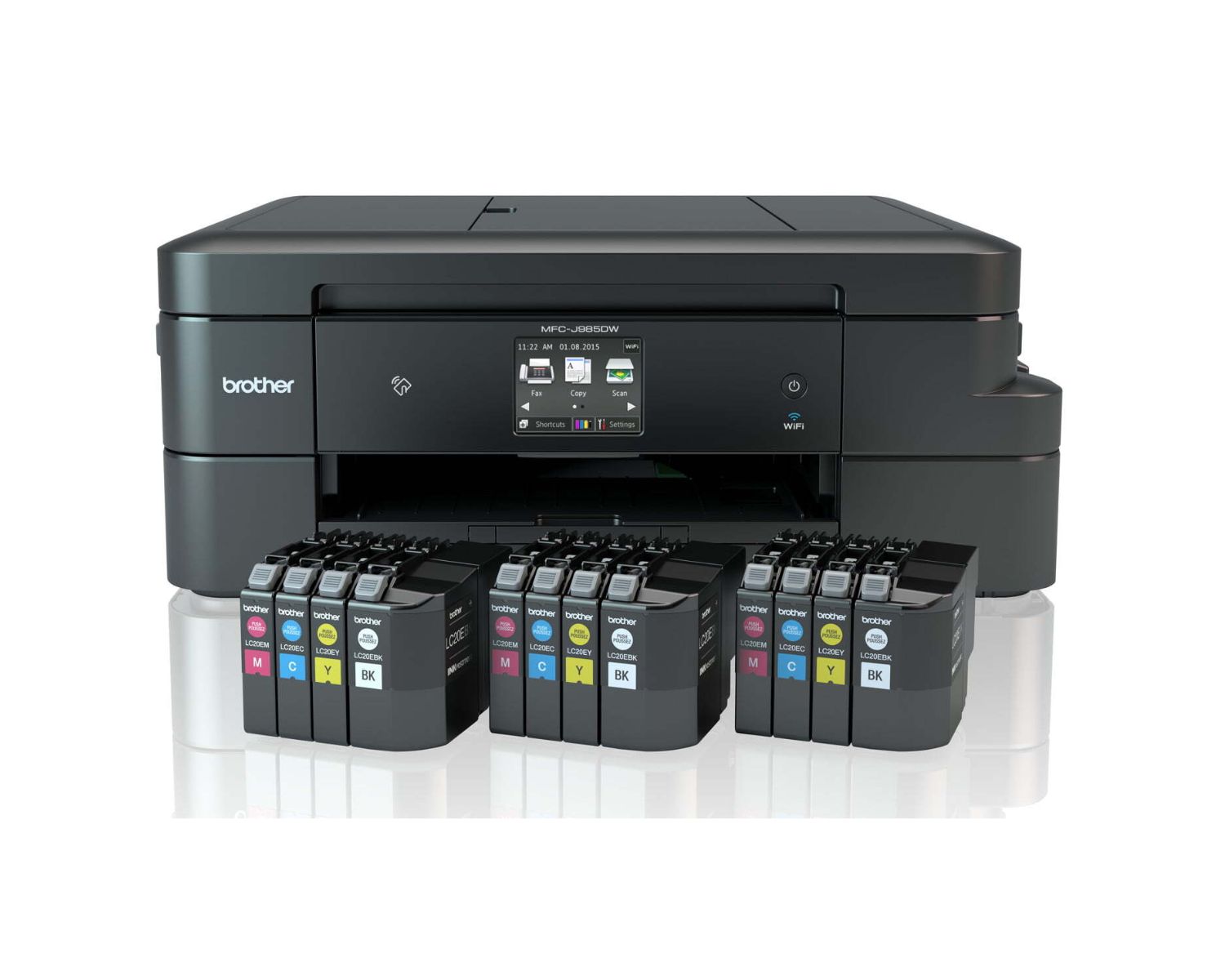

0 thoughts on “Dry Printer Ink: How To Fix”